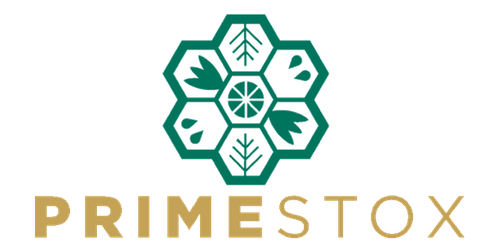How marketing automation can make you GDPR compliant
Being GDPR compliant isn’t an option and some businesses are fully aware what they need to do. However, not all businesses are sure about how to go about implementing the necessary steps to achieve full compliance.
In this blog post, I am going to look at some of the key elements of GDPR, and how marketing automation can help you solve those compliance headaches.
Consent
Case Study: Peer to Peer Business Lender
How we developed a unique targeting approach and improved lead volumes from direct marketing by more than 80%.
For many businesses, especially B2C firms, you will need to gain consent to continue marketing to your database. Marketing automation can help with consent in several ways:
- Build forms with tick boxes – marketing automation platforms allow you to create or integrate existing data capture forms on your website. More specifically, they allow you to add opt-in fields to these forms for things like newsletter sign-ups, and what marketing channels your contacts are happy to receive communications from, such as SMS, email and telephone.
- Segment – when you’ve captured this information you can segment the data into lists to make sure your contacts only receive the marketing messages they agreed to receive.
- Preference centres – while having a preference centre isn’t a requirement of GDPR, making it as easy for individuals to withdraw consent as it is to give it, is a requirement. A preference centre enables this, as users can update their preferred methods of communication, personal information, or ultimately withdraw consent by unsubscribing from emails.
- Create opt-in campaigns - your existing data isn't exempt from GDPR, in fact, it has to be GDPR compliant for you to continue to market to it. A great way of doing this is to include opt-in messages in your existing email communications, such as newsletters and product update emails. Not very clever you might think, but where marketing automation really plays its part is in its ability to create dynamic content. For example, you send out a newsletter that includes an opt-in message and 10% of your database opts in and 90% don't. In the next newsletter you send out, you don't want the 10% of your list to see the opt-in message again, but you do want the 90% to see it. Without having to create two separate emails, marketing automation systems allow you to create one email, with different sections for different contacts. These dynamic sections will update in real-time, so every time you send out your next email, if anyone new has opted-in, they won't see the opt-in message.

Right to rectification
- The GDPR gives individuals the right to have personal data rectified.
- Personal data can be rectified if it is inaccurate or incomplete.
Another key requirement of GDPR is to make it possible for individuals to update their personal data and rectify inaccurate or incomplete information. Much like a preference centre, marketing automation gives you the ability to let individuals update their information simply and easily, without the need to contact you directly. Marketing automation systems can match the data the individual enters to their contact record in your database. You could even send a follow-up email which includes the new information they entered (assuming the data isn’t too sensitive) so they know it's been processed successfully.
Right to erasure

Case Study: PrimeStox
How we helped PrimeStox treble registrations while reducing spend in just two months.
Storing data can be problematic under GDPR. One of the key initiatives of GDPR is to try and make businesses more responsible for the data they hold and reduce the risks from data breaches. Marketing automation systems often include CRMs or can be integrated with an existing CRM. Not only is this useful for ensuring data is kept up to date across systems, but it also means you can quickly and easily manage ‘right to be forgotten’ requests. Storing data in spreadsheets and other offline methods means you run the risk of making an error, or not actually deleting the information of an individual that they have specifically requested.
These are just some of the ways marketing automation can help you be GDPR complaint. If you’d like to learn more, you can request a free demo from one of our experts.
Related Reading

Blog: What results should I expect on LinkedIn campaigns?
by Neil Edwards, 2 minute read

Blog: Unlock the Full Potential of Your CRM: Essential Tips for Business Growth
by Darren Coleshill, 3 minute read